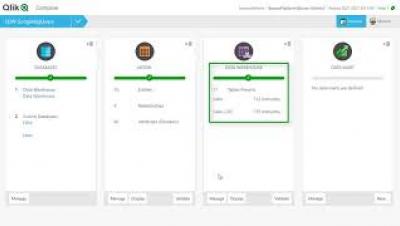Apache Hive vs. Apache HBase
Apache Hive and Apache HBase are incredible tools for Big Data. While there is some overlap in their functions, both Apache Hive and Apache HBase have unique qualities that make them better suited to specific tasks. Some key differences include: Ultimately, comparing Apache Hive to Apache HBase is like comparing apples to oranges or Google to Facebook. While the two entities are similar, they don't provide users with the same functionality.




